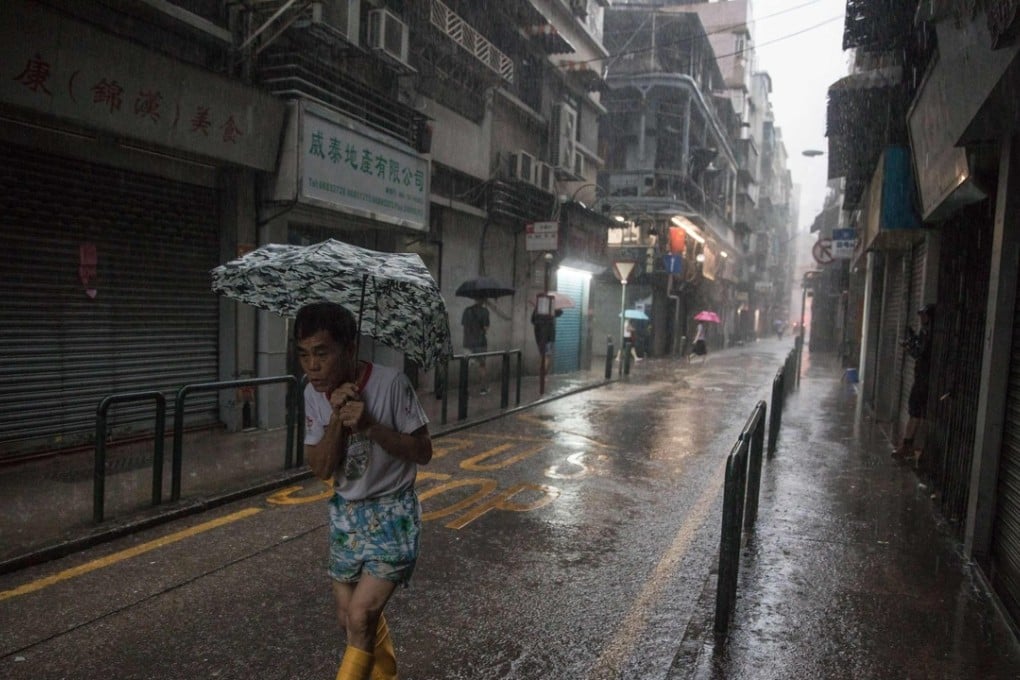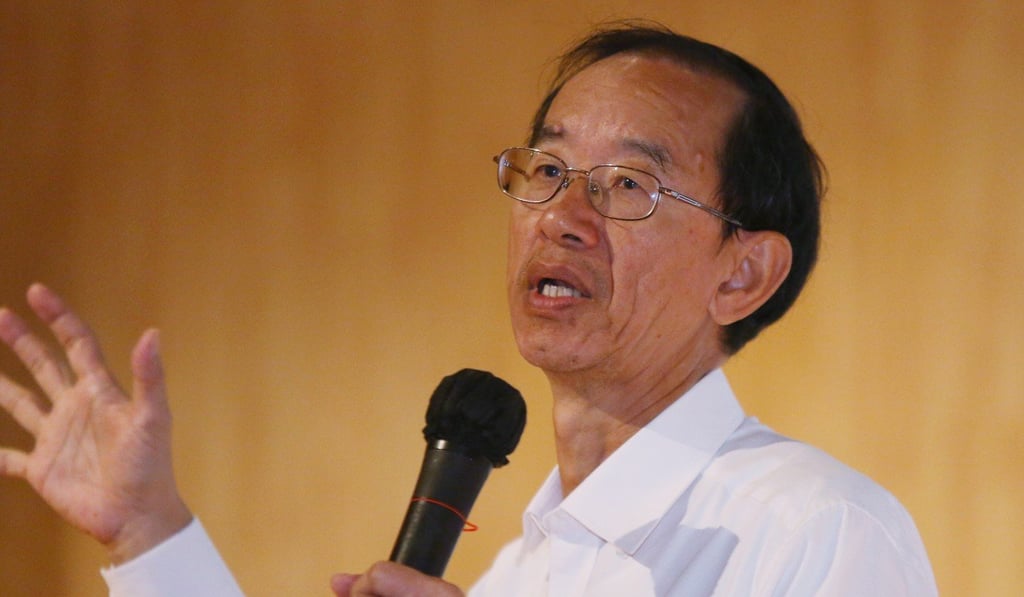Don’t blame Observatory warning signals for Macau’s Typhoon Hato mess, former top Hong Kong weather official says
Scale of destruction in casino hub down to other factors such as engineering, former Hong Kong Observatory chief says

The havoc wreaked in Macau by Typhoon Hato had nothing to do with warning signals issued by authorities, a former head of the Hong Kong Observatory has said, amid accusations weather officials were to blame for the extent of the destruction in the casino hub.
Lam Chiu-ying said the scale of the mess in the former Portuguese enclave had been dependent on other factors, including engineering and whether buildings were constructed to endure strong winds.
“It was not fair for people to criticise [the Macau observatory] for issuing the typhoon signal later than Hong Kong did. It should indeed have been issued later because the typhoon passed by Hong Kong first,” Lam said on a radio show on Sunday.
Grieving Macau residents recount horror of Typhoon Hato
“We later saw how water had submerged parts of the city, that there was no water and electricity. Transportation came to a standstill, the city was not cleaned up fast. These had nothing to do with what typhoon signal was issued.”

Typhoon Hato barrelled into Macau, Asia’s biggest gambling destination, on Wednesday, claiming 10 lives. The city’s leader, Fernando Chui Sai-on, apologised for the disruption brought by the storm and announced the resignation of Fong Soi-kun, director of the Meteorological and Geophysical Bureau.
At the request of the Macau government, the Chinese People’s Liberation Army garrison based in the city after its return to Chinese sovereignty in 1999 took the unprecedented step of deploying 1,000 soldiers to help with the recovery effort.